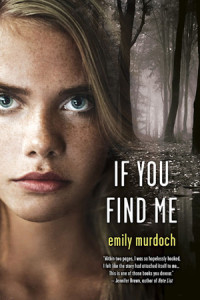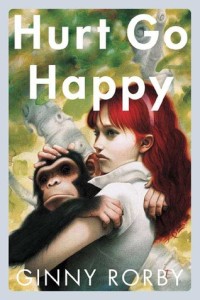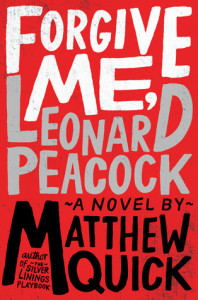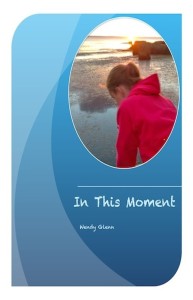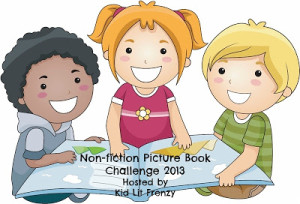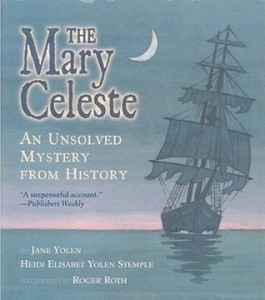If You Find Me
Author: Emily Murdoch
Published: March 26th, 2013 by St. Martin’s Griffin
GoodReads Summary: There are some things you can’t leave behind…
A broken-down camper hidden deep in a national forest is the only home fifteen year-old Carey can remember. The trees keep guard over her threadbare existence, with the one bright spot being Carey’s younger sister, Jenessa, who depends on Carey for her very survival. All they have is each other, as their mentally ill mother comes and goes with greater frequency. Until that one fateful day their mother disappears for good, and two strangers arrive. Suddenly, the girls are taken from the woods and thrust into a bright and perplexing new world of high school, clothes and boys.
Now, Carey must face the truth of why her mother abducted her ten years ago, while haunted by a past that won’t let her go… a dark past that hides many a secret, including the reason Jenessa hasn’t spoken a word in over a year. Carey knows she must keep her sister close, and her secrets even closer, or risk watching her new life come crashing down.
Review: It has been a while since I couldn’t put a book down. This gut-wrenching tale captivated me from the very beginning. When authors try to portray emotions, they can feel superficial for readers. But Murdoch’s writing feels effortless. I connected with Carey in a way that reminded me of how I understood Melinda in Speak by Laurie Halse Anderson. My hands shook with anger in response to her pain, and as she felt overwhelmed and scared, I cried along with her. The backwoodsy dialect made the story feel real and authentic. It constantly reminded me of where Carey was coming from. Murdoch expertly unfolds the plot for readers, which adds a level of complexity but also makes readers feel as if they are coming to terms with Carey’s life right along with her. This is a beautiful, compelling story that I won’t forget.
Teacher’s Tools for Navigation: One of the strengths of this book is the special bond between the siblings. Carey’s love for her 6-year-old sister, Jenessa, fills the reader with comfort and sureness. It would be interesting for students to consider this bond and what holds these two sisters together. I could also see students researching more about child abuse and neglect. Carey and Jenessa have to make a dramatic adjustment to life on the outside, and I imagine that students will want to learn more about this struggle and its potential difficulties.
Discussion Questions: Why does Carey keep secrets? Do you agree with her decisions?; Why does Carey have difficulty forming a relationship with her father? Do you think she has been brainwashed?; What are the long-term effects of abuse? What kinds of abuse are there? Will Carey ever heal?
We Flagged:
“I answer her with my silence, understanding the full power of it for the first time. Words are weapons. Weapons are powerful. So are unsaid words. So are unused weapons” (p. 24).
“We make attachments to what’s familiar. We find the beauty, even in the lack. That’s human. We make the best of what we’re given” (p. 169).
Read This If You Loved: Speak by Laurie Halse Anderson, Room by Emma Donoghue, A Child Called “It” by Dave Pelzer, The 5th Wave by Rick Yancey (for the sibling bond and the woodsy setting), Bastard Out of Carolina by Dorothy Allison, White Oleander by Janet Fitch, Stolen: A Letter to My Captor by Lucy Christopher
Recommended For:
